Designed by the engineer Théophile Seyrig, a disciple of Eiffel, it was inaugurated in 1886 and it is composed by two overlapping iron decks.
The bridge is 395 metres long and 8 metres wide, and its arch is considered, until 2017, the world’s biggest one in wrought iron.
Nowadays the upper deck is used by Greater Porto’s Metro, connecting the Cathedral’s area in Porto to Jardim do Morro and to Avenida da República in Vila Nova de Gaia.
Day 1
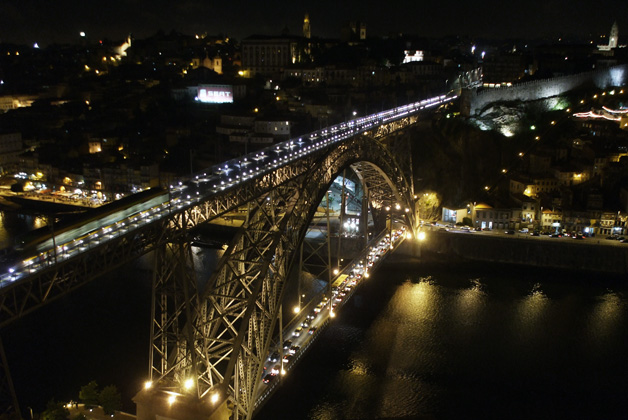
Luiz I Bridge
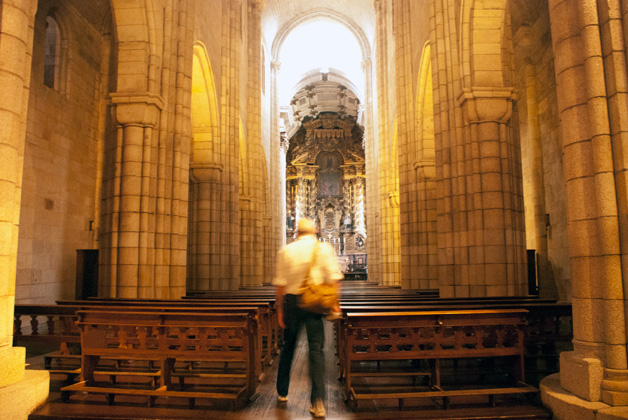
Cathedral
Construction dating from the twelfth/thirteenth century, in Romanesque style, that has been enlarged and renewed over the years up to its final setting, in the twentieth century, resulting in an idealized reconstitution of the medieval cathedral. Special mention goes to: the Gothic São João Evangelista Chapel and the cloister, from the fourteenth century; the enlargement of the main chapel, the Santíssimo Sacramento Chapel and its silver altar, from the eighteenth century (mannerist); the eighteenth century Baroque frescos in the main chapel and the sacristy, by Nicolau Nasoni, and the tiles in the cloister, by Vital Rifarto; the sculpture in the Baptism Chapel, by Teixeira Lopes (father) from the nineteenth century.
Cost
3 €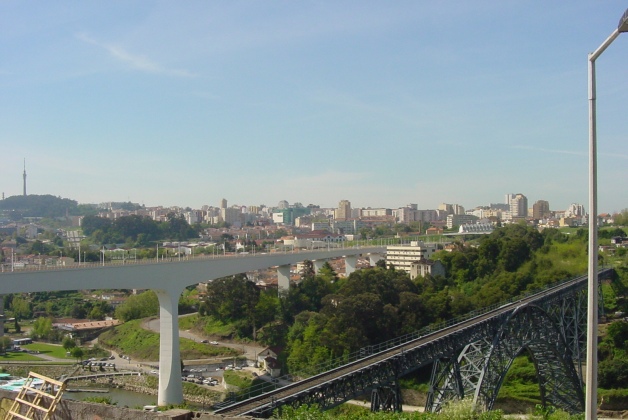
Largo do Colégio
View over the houses extending down to the River Douro, having as background the river side in Vila Nova de Gaia.
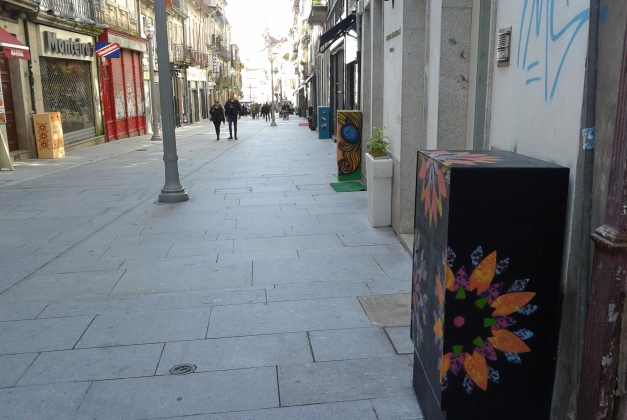
Rua das Flores
The street called Rua de Santa Catarina das Flores was built in 1521 by order of King Manuel. This street, which was completed during a period of economic prosperity and urban expansion, attracted the city’s aristocracy who took up residence here and transformed it into one of the busiest commercial streets, to the detriment of Rua dos Mercadores, where trade began to falter thereafter. The street has maintained its original profile and currently boasts interesting civil architecture from the 17th, 18th and 19th centuries and one of Porto’s most emblematic baroque façades – the Church of Misericórdia (1749-1750), designed by Nicolau Nasoni. It is one of the buzziest streets in the Historical Centre.
Cost
0 €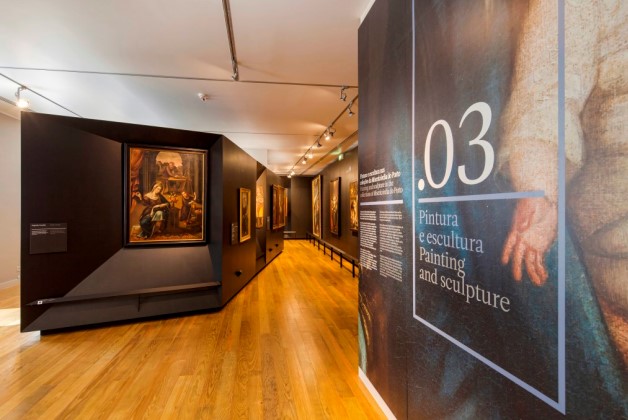
MMIPO - Museu e Igreja da Misericórdia do Porto
The MMPO- Museu e Igreja da Misericórdia do Porto (Museum and Church of Misericórdia do Porto) is located in the historic centre of Porto, in Rua das Flores, at the building that used to be the head office of the institution from the mid-16th century to 2013.
Over the centuries, the building underwent several changes, the most recent one, being adapted into a museum.
MMIPO is a member of the Portuguese Museums Network and presents itself with a double purpose of revealing the history of Santa Casa da Misericórdia do Porto and its institutional purposes, as well as displaying its collections of art and objects related to Misericórdia’s action, through the provision of a series of resources that show the memory and identity of this organization, forwarding it into the future. A visit to the Museum is also an opportunity to learn more about the past and present of this part of the city. The museum includes the Misericórdia Church, a 16th-century building that had a major renovation in the 18th century, carried out by Nicolau Nasoni, and the Benefactors’ Gallery, an example of the city's iron and glass architecture. The MMIPO was chosen the best Portuguese Museum in 2016.
April to October: Daily - 10am-6.30pm
November to March: daily - 10am-5.30pm
Cost
10 €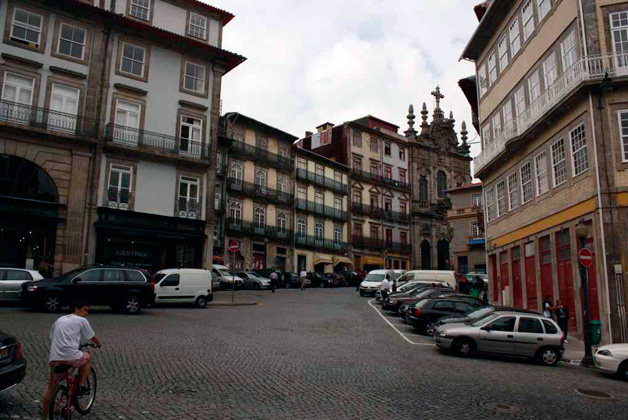
Largo de São Domingos
Formerly known as Terreiro or Praça de S. Domingos, it was urbanised around 1320.
Due to its strategic position at the confluence of major arteries connecting the riverside to the high part of the city, throughout the centuries it underwent important conservation and maintenance works, especially the project by John Whitehead in 1774, conducted by the Board of Public Works and financed by wine taxes.
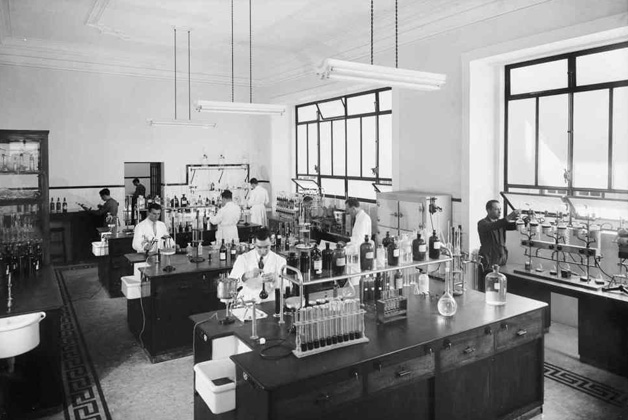
Port and Douro Wines Institute
The building where the IVDP is settled was built in 1843 to house Banco Comercial do Porto, in neo-classical style and it was bought by the IVDP in 1933.
IVDP’s visitor centre offers a shop selling wines, a tasting room and a tour that takes visitors through the certification process for Port and Douro wines.
Included in the Urban Wine Route.
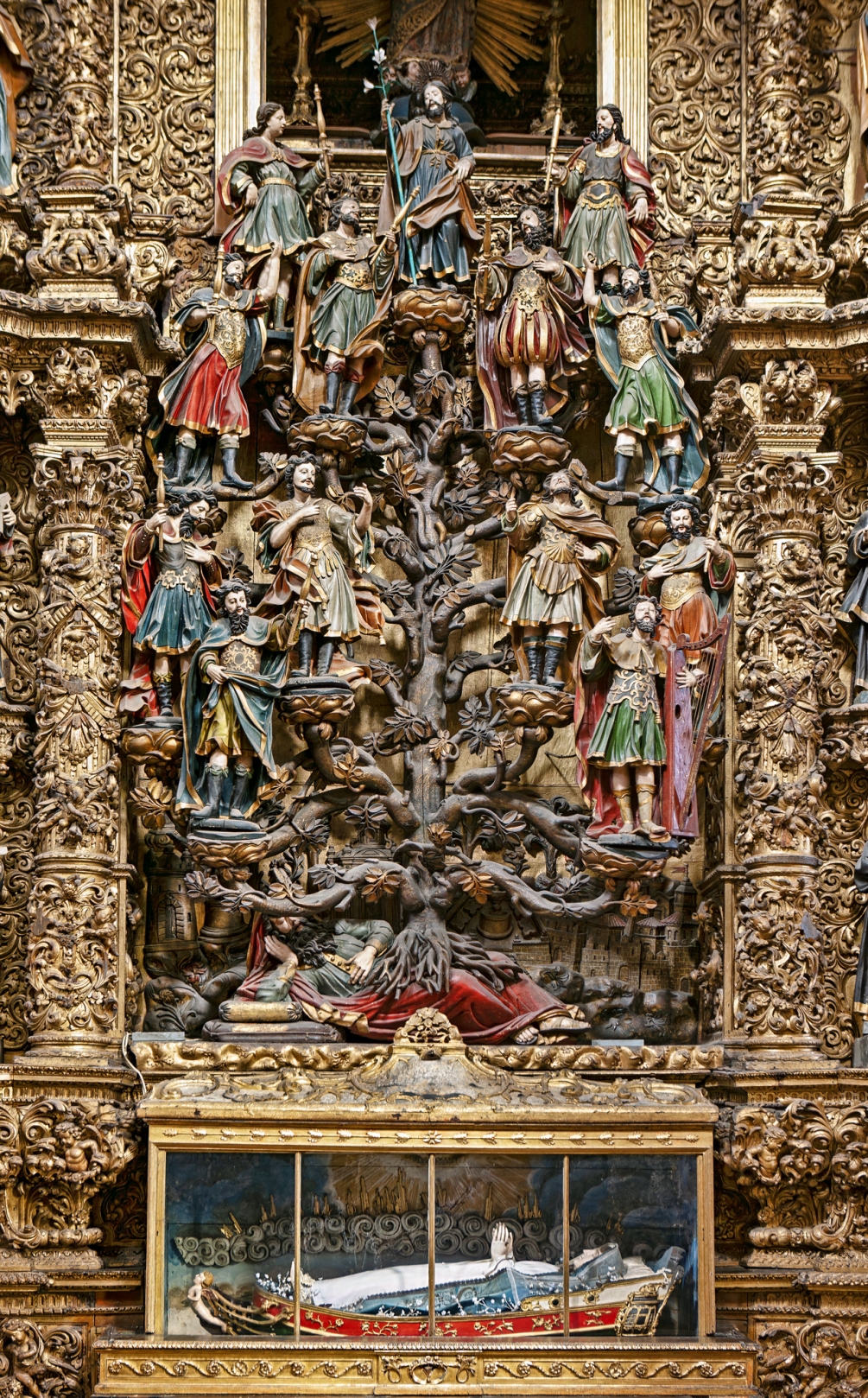
Igreja de S. Francisco do Porto
The city’s most important Gothic temple, whose construction began in the fourteenth century.
It is one of the most important works of the Baroque, by its gilded interior from the seventeenth and eighteenth centuries. It was the exuberance of its gild carved wood work that led Count Raczinsky to describe it as the “Church of Gold”. And, overwhelmed, he adds: “The gild of this church is so beautiful and rich that goes far beyond everything I have seen in Portugal and in the whole world”. It is worth of notice the Tree of Jesse, as well as the catacombs.
It is a National Monument since 1910 and World Cultural Heritage by UNESCO since 1996.
January, February, November and December: 9am-6pm
March, April, May, June and October: 9am-8pm
July, August and September: 9am-8pm
Cost
8 €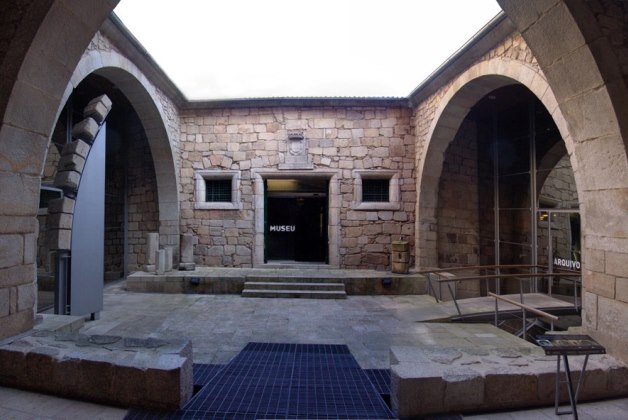
Casa do Infante
Casa do Infante, gained its name for being the birthplace of Henry the Navigator, is a complex of buildings that have been built to house the services of the Crown in Porto.
Its history dates back to 1325, when King Afonso IV ordered the construction of the royal 'Almazem', against the will of the Bishop, then lord of Burgo. The building underwent a process of rehabilitation and musealization and today it offers a wide range of services: Museum; Historical Municipal Archive; Porto’s Affairs Library; Memory Room; Exhibition Hall and Auditorium.
The museum includes a “Prince Henry the Navigator and the New Worlds” section where visitors can learn about the Prince by examining his iconography diachronically up until the present day and by revisiting the chief milestones in the Portuguese maritime discoveries, with a special focus on the role of the city and people of Porto. They can also learn about the Roman occupation from the 4th-5th century remains; the Alfândega Régia, or royal customs house, built by King Afonso IV in 1325; and the Casa da Moeda, or mint, which began operating in 1369.
Cost
4 €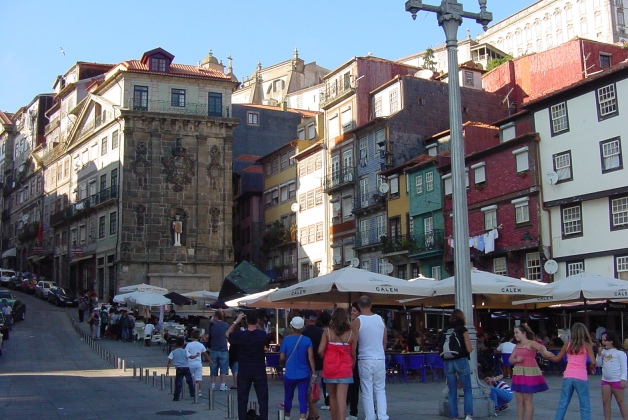
Praça da Ribeira
Cited already in 1389 as being of medieval origin, this square is thought to be one of the oldest in the city. A busy commercial centre, with tents serving as shops and a fish market, it came to the attention of João de Almada e Melo who set out to completely remodel the square in the 18th Century. The works carried out at this time by the Public Works Board, under the influence of John Whitehead, were financed by revenue from wine. Of his original plans, only the sides to the north, with its monumental Praça da Ribeira fountain, and the west were ever completed. The wall to the south was knocked down in 1821 and the medieval buildings along the east side survive to this day. Archaeological work in the 1980s led to the discovery of a 17th Century fountain. Reconstructed in its original location, it was crowned with a sculpture by José Rodrigues known popularly as the “Cube of the Ribeira”.
On the 24th of June 2000, a statute of St. John the Baptist by João Cutileiro was unveiled in a niche in the Praça da Ribeira fountain.
A must see, with lots of exciting nightlife on offer as well.
Included in the Urban Wine Route.
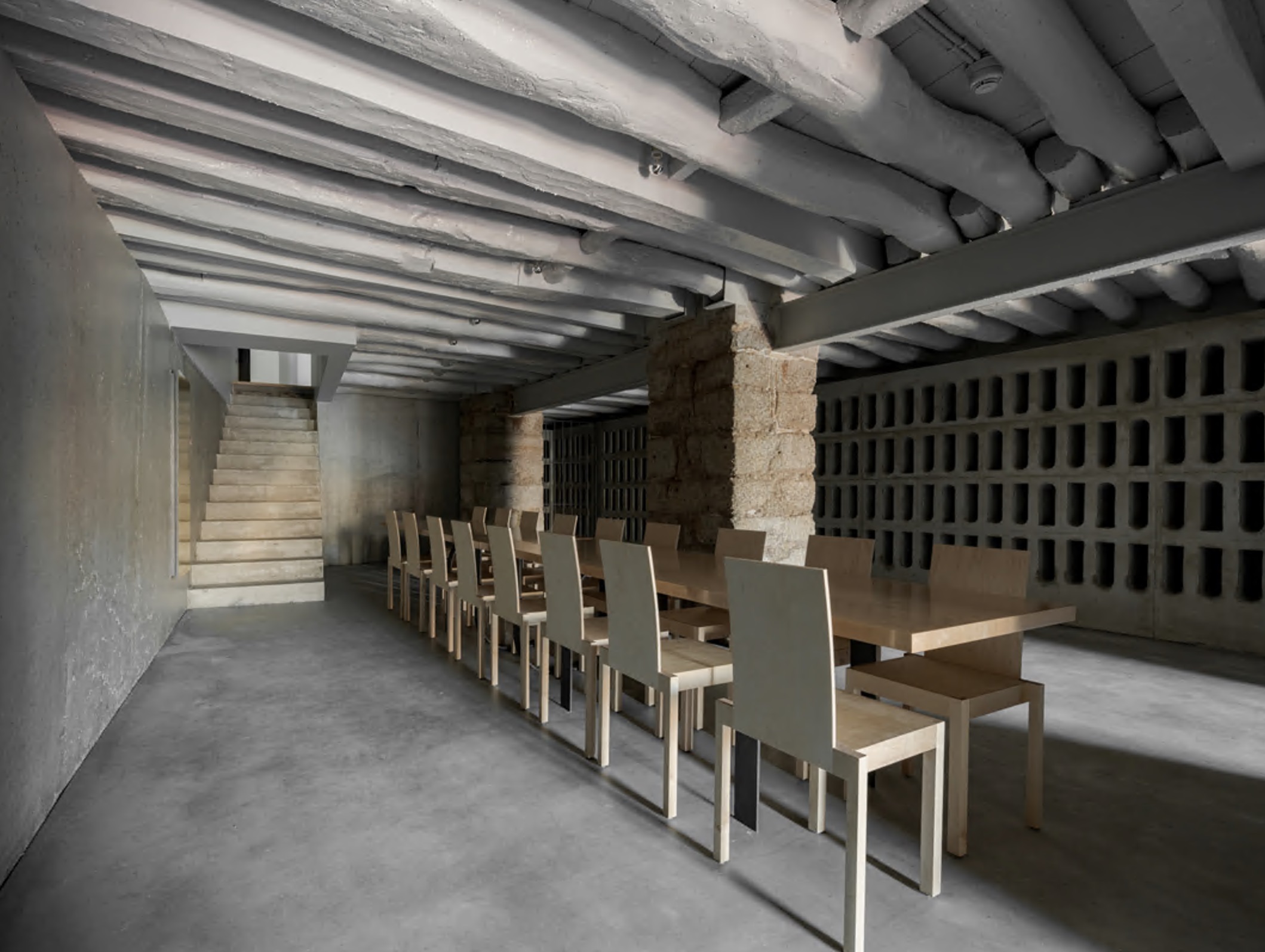
Museu do Vinho do Porto
Douro-river that overflows to the banks, becoming also the name of a region. From its long course [about 900 km], it is here - between Barca d'Alva on the border with Spain to Barqueiros almost flowing into Porto - that the Douro is the name of a meeting of water, stones, plants, animals and people, and the key behind which this meeting for the first time, and also the last, takes place.
Douro, region and river, simultaneously, whose complexity cannot be encompassed by a single gaze. For this reason, the space that is now reopening, with the new Douro: land and atmosphere will subsequently take on a seasonal rhythm, in harmony with the cycles of the vine, and will be reactivated, with new exhibitions, in the months of March and September.
Its mission, located in the Ribeira, as an embassy or outpost of the Douro in Porto, will be fine-tuned on the basis of a programme developed in conjunction with the architect Pedro Jervell, a privileged meeting point for, on the basis of the contributions of various knowledges, inventing an enlightened and poetic look at an arid and generous region, where for many centuries man and nature have reinvented each other.
At station 11 we taste a wine with the river on the horizon, but we also discover the Wine Office, which will soon open, a place for tertulias. Here, the idea that Porto is mere customs is deconstructed, but rather a place where wine matures and rests. An invitation that is also a starting point to discover this demarcated region.
Cost
4 €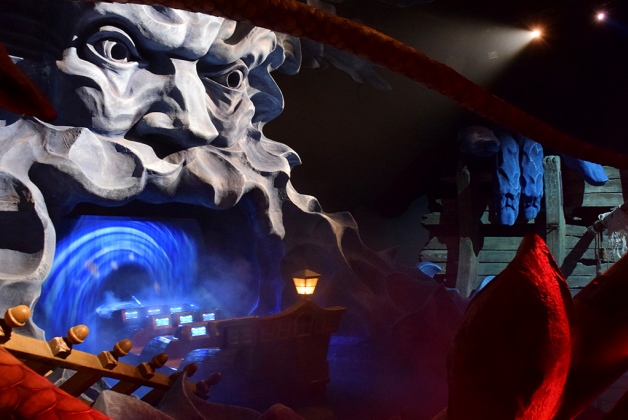
World of Discoveries
In the city that saw the birth of “nce Henry), embark on “the discovery of wonderful things never seen before”. The World of Discoveries is an Interactive Museum and Theme Park that reconstructs the fantastic odyssey of the Portuguese navigators, crossing the oceans to the discovery of a world until then unknown. This meeting place of cultures proposes to honour this period and those brave ones that introduced the notion of globalization. It’s the cultural complement that will forever change your city experience.
Closed January 1st and December 25th.
Schedule:
Tuesday to Friday from 10am to 6pm (last entry at 5:30pm)
Saturday, Sunday and Public Holidays from 10am to 7pm (last entry at 6.30pm)
Restaurant / Bar opening hours:
- Sunday, Tuesday, Wednesday and Thursday: 10am-6:30pm
- Friday to Saturday: 10am-11pm
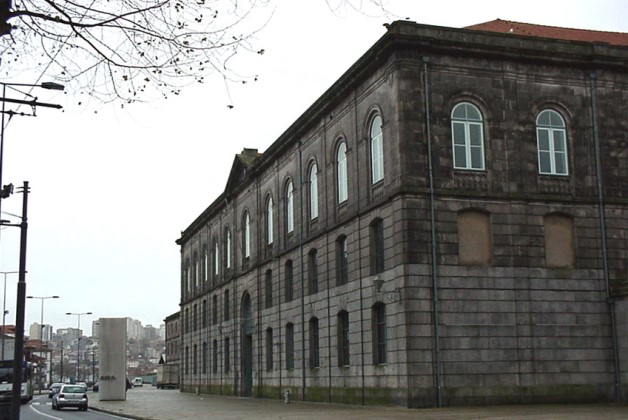
Alfândega Porto Congress Centre
A neoclassical building, built in the 19th century, according to a project carried out by the engineer Jean F. G. Colson. It has two facades, one facing the Douro river and one facing the city. Note the structural solutions that resorted to the use of iron in conjunction with other materials - stone, brick or wood - depending on the functionality of the different spaces. In 1987, it was decided to house the future Museum of Transport and Communications, in the building belonging to the Association with the same name. For this, restoration and adaptation works were carried out, according to the project by the architect Eduardo Souto Moura. The Association for the Transport and Communications Museum (Associação para o Museu dos Transportes e Comunicações-A.M.T.C) also manages a Congress Centre, spread across various areas in the Building of Alfândega Nova do Porto.
Map View
Plan Your Trip
Arriving

Covered by an ever progressing, accomplished transport network, getting to Porto could never be easier whether it be by plane, bus, car, boat, train or metro.
Getting around

Travelling within the city is made simple should you go by public transport, your own car or a hired one.
Practical information

Here you will find some basic data on Porto as well as information on various public and private services available.
History

This is one of Europe's oldest tourist destinations. Its wealth of artistic heritage, Port Wine, open-air leisure spaces and cultural life are just some of the reasons to visit this city.
Everything you need to know


